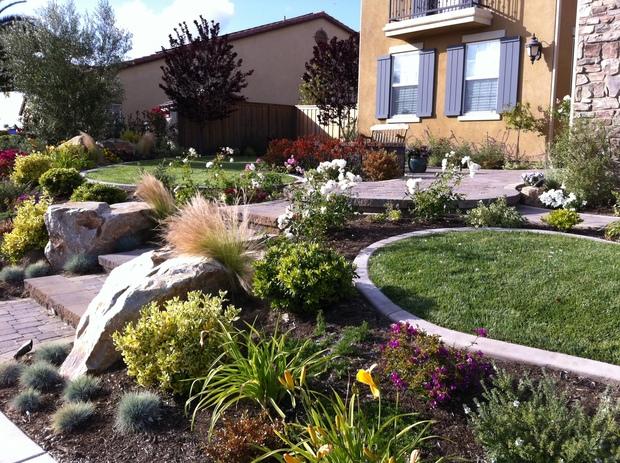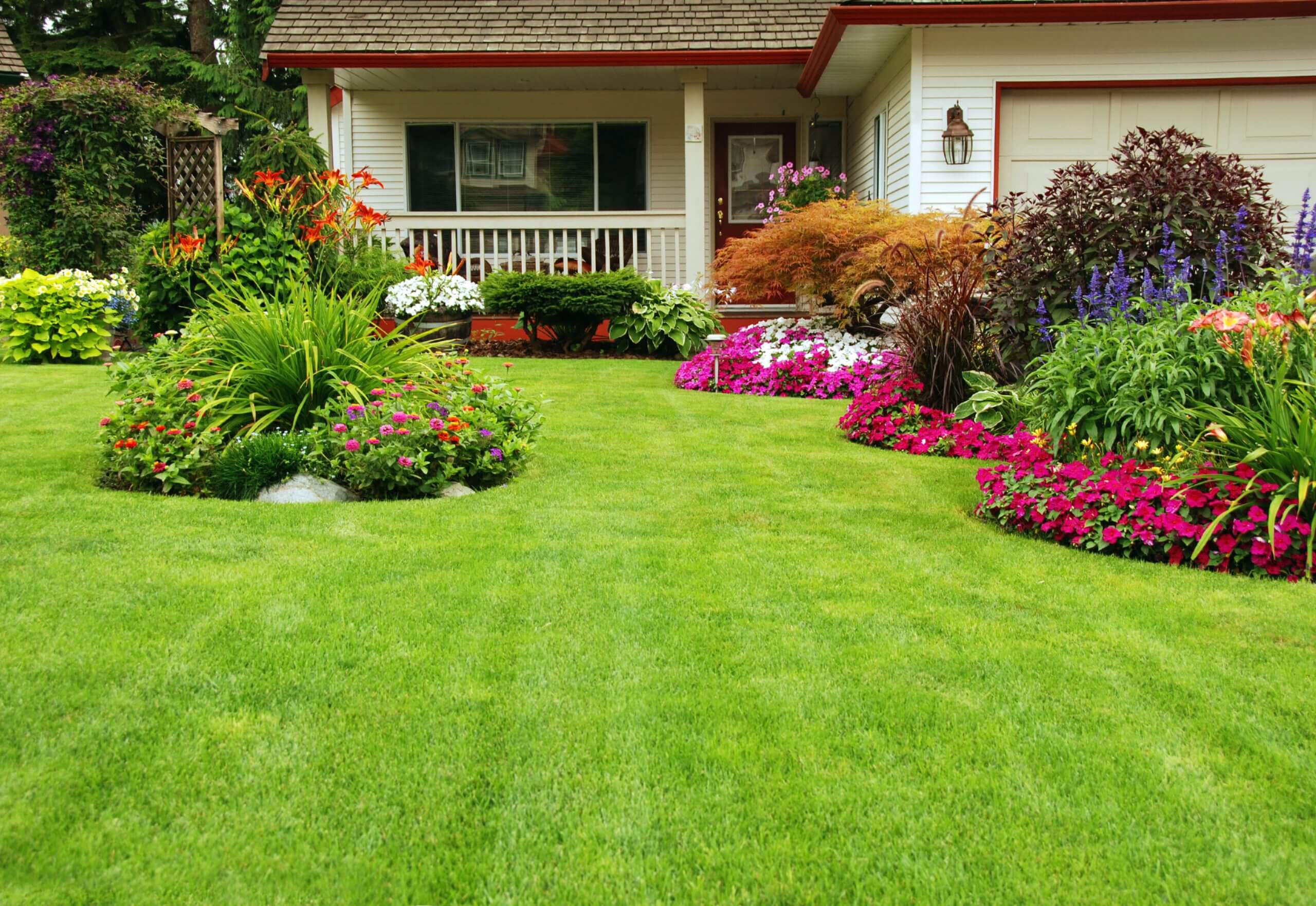What Does Landscapers Do?
What Does Landscapers Do?
Blog Article
The 9-Second Trick For Landscapers
Table of ContentsA Biased View of LandscapersHow Landscapers can Save You Time, Stress, and Money.The Only Guide to LandscapersSome Known Incorrect Statements About Landscapers 8 Easy Facts About Landscapers DescribedLandscapers for Beginners
- A yard feature where water is represented by an accumulated stone product, normally a crushed rock or granite.- A stone or natural flagstone patio, course, or pathway developed without a concrete base.- A stone maintaining or totally free standing wall surface constructed without the use of mortar. - An underground structure that accumulate water and enables it to slow percolate into the soil around it.
Landscape design that is suitable with a sites' atmosphere in both look and sustainability without unfavorable impacts to the atmosphere. Bordering in the landscape is a line of separation that develops visual rate of interest in the garden by dividing one segment from an additional segment.
Locations can additionally sense of "enclosure" supplied by trees, various other growings, fences, or displays. The landscape near the access to a building. A tree, shrub or creeping plant, trained to expand on a wall or fence into a details pattern. Specifically valuable for fruit trees, making it very easy to gather the fruit and containing mess.
The 2-Minute Rule for Landscapers

The aspect in a landscape style or location in a landscape that is suggested to be most famous. The prime focus can be a plant, boulder, sculpture, gathering room, or other landscape feature. A design of gardens or yard elements that worry straight lines, right angles and circles. Shrubs or bushes located in beds near the structure of a home or various other structure.

Landscapers Things To Know Before You Buy
Reduced plants that are allowed or urged to spread over an area. Can refer to any kind of "hard" garden aspects including statuary or boulders however many frequently is utilized to refer to courses, patios, and walls - Landscapers.: Height distinction between the level of water in a pond (or the degree of the pump if it rests outside the fish pond) and the top outlet of water which impacts efficiency of the water pump in gph (gallons per hour).
Fencing boards that run flat, commonly used in modern-day or Japanese-inspired landscape styles. Appropriate usage of imaginary lines can aid the landscape really feel connected to the home and various other components.
Typical PNW landscapes are informal. A plant that spreads out even more than wanted, or into habitats where it does damage.
Examine This Report on Landscapers
Smart irrigation controller reviews and recommendations below. 2-D making of the proposed irrigation system. Can include head placements and protection, pipeline sizing, GPM specifications, and products needed to install this system. A watering strategy is generally unneeded for properties but is usual for commercial jobs. Licensed specialist who creates landscapes, coached in design and architecture as well as in cultivation.
Landscape developers generally have much less education than Landscape Architects and are not accredited. A completed landscape layout, detailing all elements for the new landscape.
Calcium material utilized to increase the pH in soil, which will make check my source it much less hospitable to moss (Landscapers). A water limited HDPE material made use of below ponds, streams and waterfalls in water attributes. Utilizing several plantings of the exact same variety to fill out a location in the landscape. This can lower upkeep and water use in the yard.
A layer of garden compost or bark dust used at the base of a plant. A plant that was existing in a geographical place before individuals began changing the landscape.
Landscapers Fundamentals Explained
How the yard or a garden aspect is website here prepared in connection to an existing or new function or to an instructions. Preserving a lawn without making use of chemical herbicides, pesticides, or plant foods. Lawns that are not mowed yet grown in landscapes as perennials. This is a partially open sided leisure or entertainment area that adjoins a dwelling, made use of for amusing, outside eating and merely taking pleasure in the outdoor setting.

Plants that supply seasonal rate of interest and then die back in the winter season. Cold period grass that is the most usual lawn lawn in Rose city, OR and the remainder of the PNW.An open roofed structure over a patio or various other landscape attribute.
Lava accumulated ranging in dimension from 1/4" down to dust. One of the most usual landscape gravel in visit their website the PNW. Area of the landscape created to manage rain water until it can saturate into the ground. A chain that controls water as it travels from a roof seamless gutter to the ground. Garden structure that develops a growing area that is contained and more than the bordering grade.
Structure made of timber, concrete, paving stones, blocks or other materials for supporting inclines and stopping excessive disintegration. Slim gutter. Creating a garden feature consisting primarily of stones with growings that enhance and can thrive in the rough atmosphere. Lawn sprinkler head style that turns a stream of water across a location.
What Does Landscapers Do?

Report this page